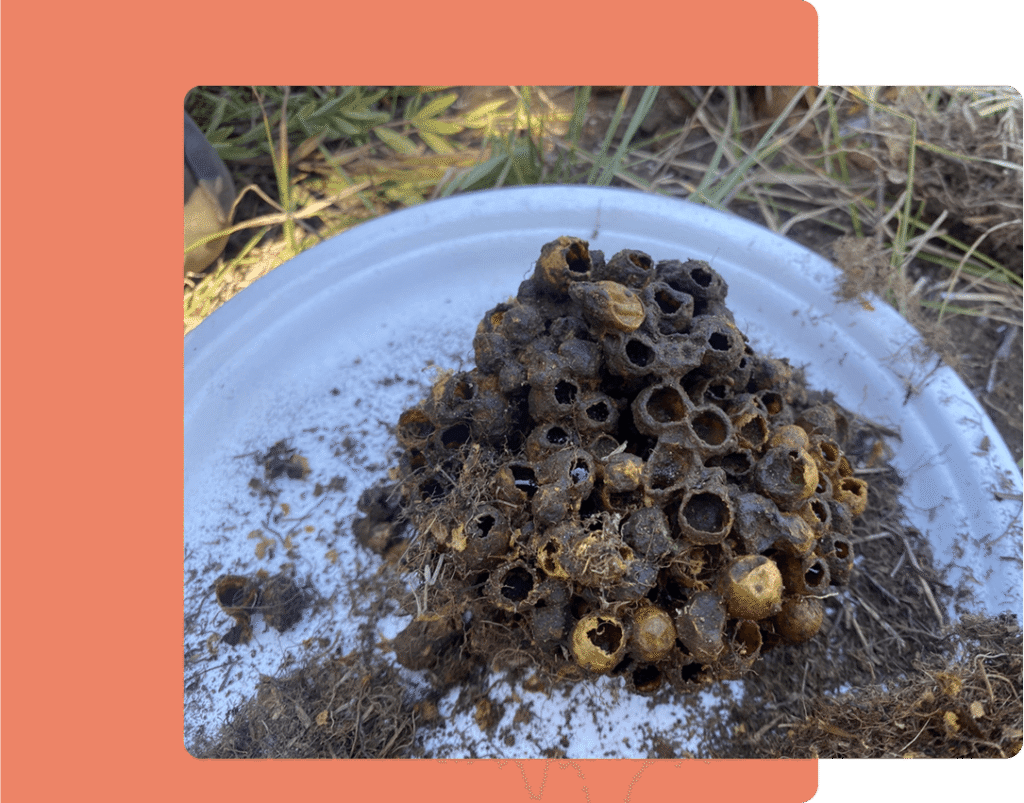The western bumble bee is a chunky, fuzzy bee with black and yellow stripes and a white rump on its back end. It’s bigger and rounder than a honeybee, and it makes a low, buzzy sound when it flies. You might see it wobbling around flowers, looking busy—but don’t worry, it’s usually friendly and not out to sting.
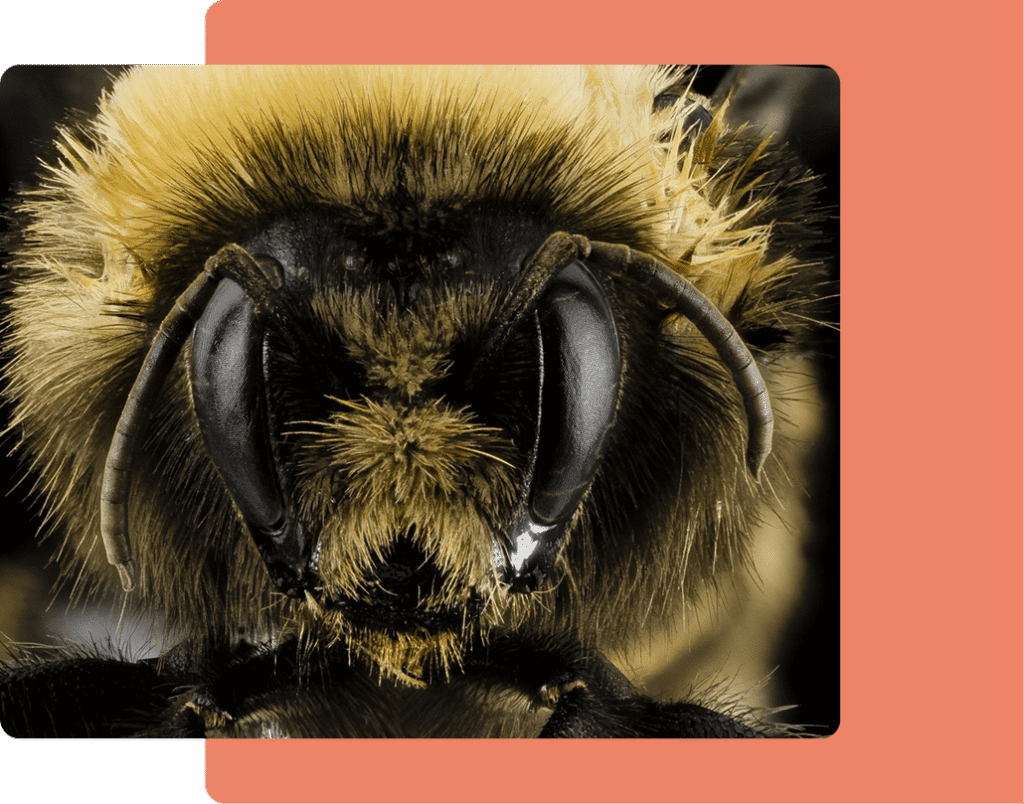
The western bumble bee used to live all over the western United States and parts of Canada, from meadows and farms to gardens and forests. Today, it’s mostly found in a few parts of the Northwest and mountains of California. It builds nests underground, in old rodent burrows or grassy spots.
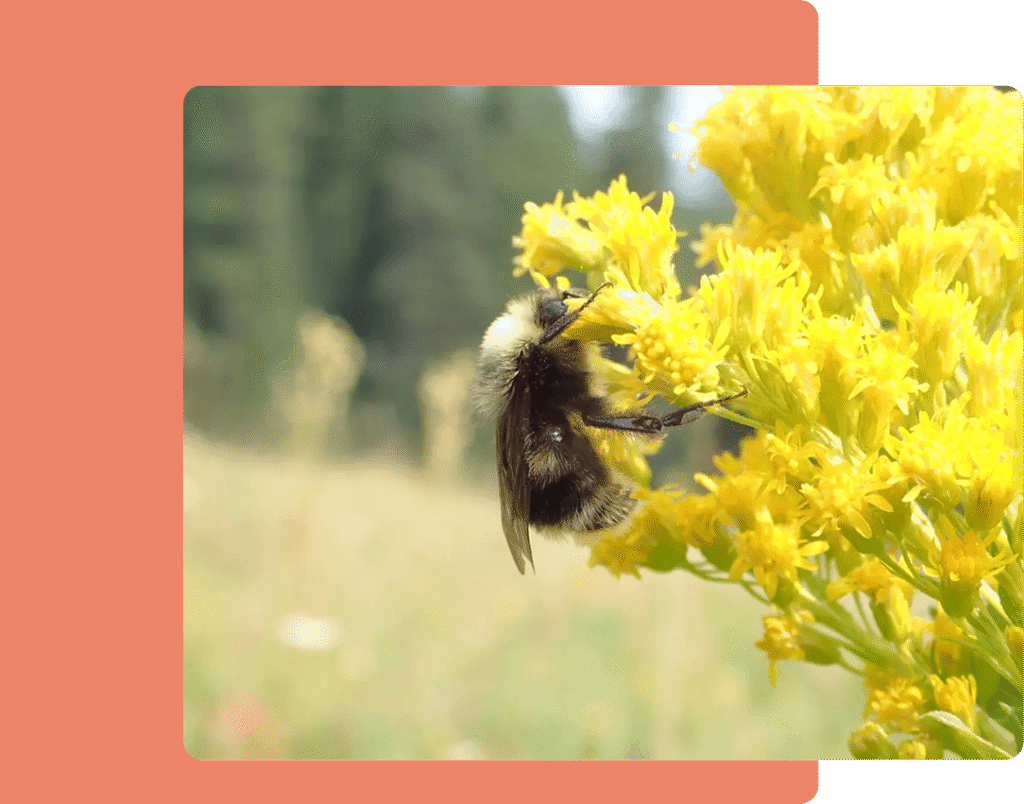
This bee is one of nature’s top pollinators. It flies from flower to flower collecting nectar and spreading pollen. That helps plants make seeds and fruit. Many wildflowers, fruits, and vegetables rely on bumble bees to grow. Without them, plants can’t reproduce, which also means less food for animals—and us!
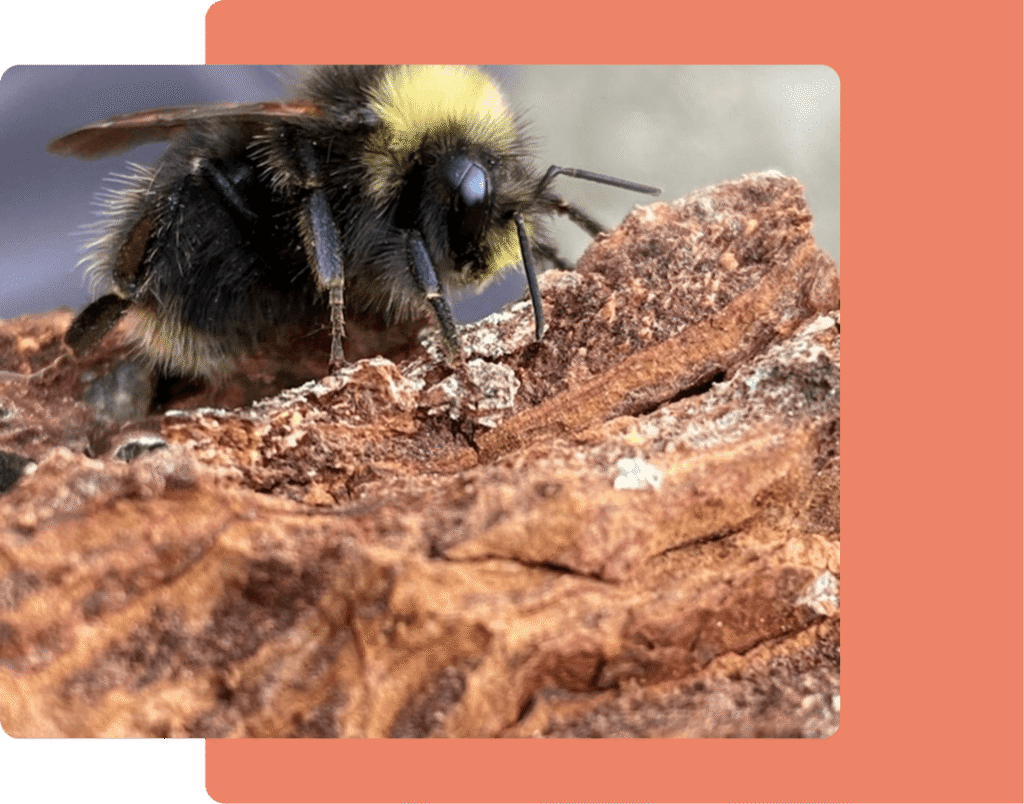
In spring, a queen bee wakes up from winter hibernation and starts a new colony all by herself. She lays eggs that become worker bees, who help gather food. Later in the summer, the colony produces new queens and males. The old colony dies off, and only the new queens survive winter to start the cycle again.
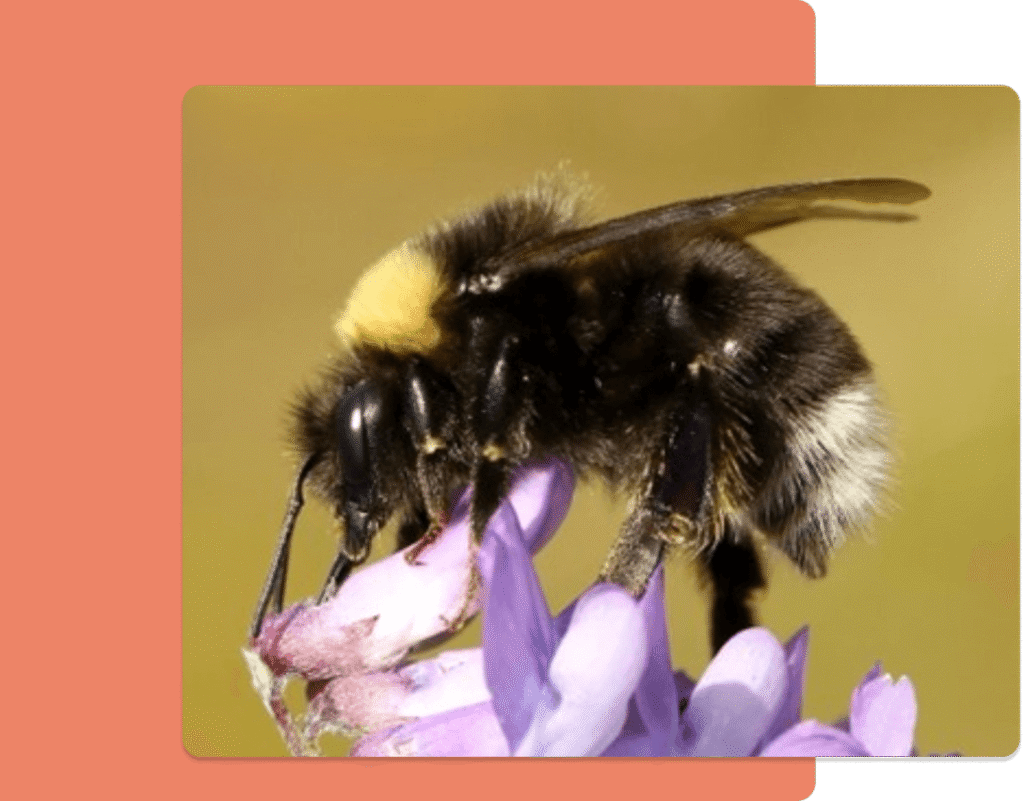
These bees can fly in cooler, cloudier weather than honeybees.
They “buzz pollinate” by shaking pollen loose with their strong vibrations.
Each queen bee starts from scratch every spring—no hand-me-down hives here!
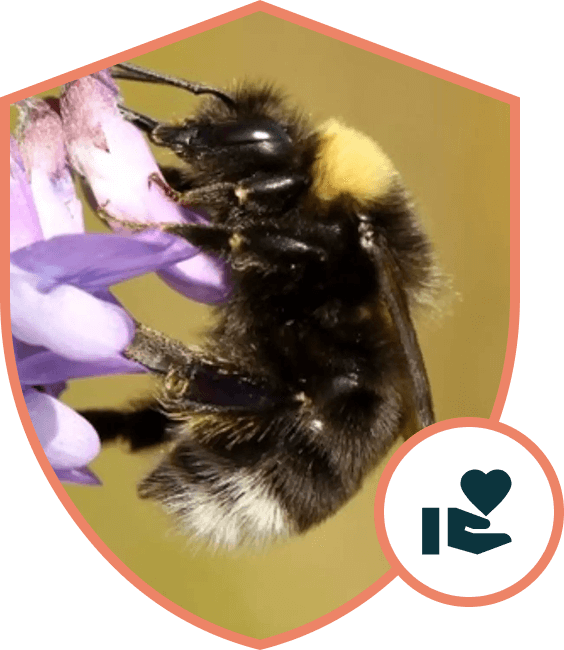
Western bumble bees help grow the food we eat and the wild plants that feed birds and animals. If they vanish, our farms, gardens, and forests suffer. Saving them means saving the bees, our food supply, and the natural world all at once. That’s a pretty good deal.
